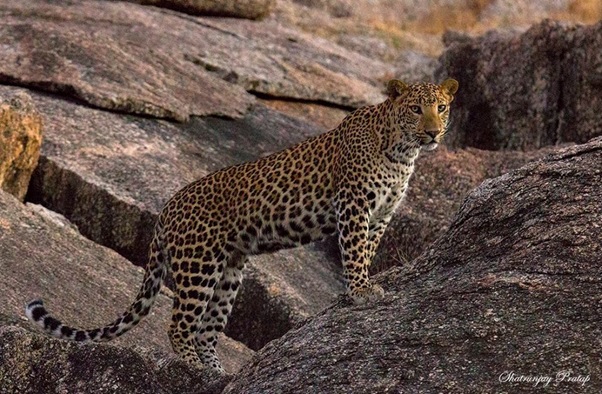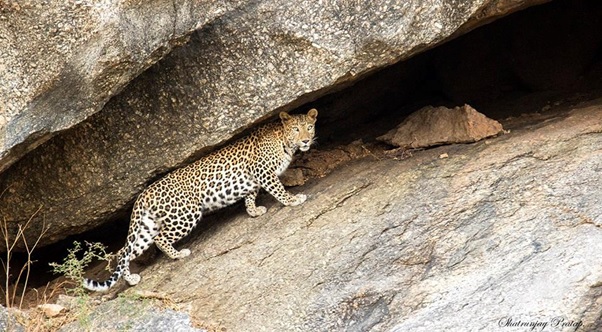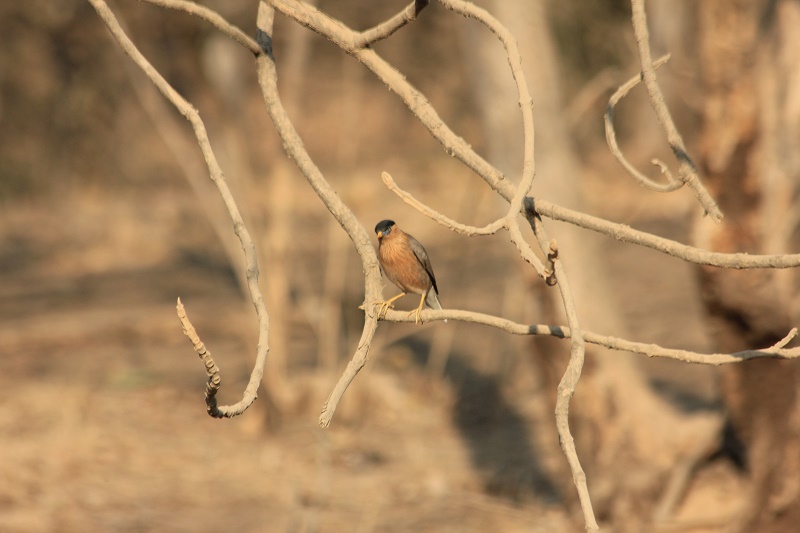Wildfoot travel expert Simon enjoyed an Indian adventure this summer and recorded his journey for you to enjoy on our blog. Below, Simon travels to Ahmadabad and spots a family of leopards.
Part 3
After a seven hour drive to Ahmadabad, an overnight stay and then another five hour trip to Bera in the south of the state of Rajasthan, we arrive.
There are quicker ways to get to south-west Rajasthan, such as through a direct flight to Bombay and then a three-hour road transfer, but this is a wildlife holiday in India, so I appreciate the journey as it allows me to spot wildlife and take in the beautiful scenery.
The first safari of the day proves extremely promising, with sightings of a leopard mother and two small cubs in the late afternoon. Although they were a great distance away, we can clearly observe them. First, we see the mother on a light brown granite stone, moving at a slow pace for over an hour. While camouflaged in some cases by the various shrubs, other times she is completely in the open, which allows me to capture some great photographs.
Suddenly, out of the blue, we see two cubs next to her. It is clear that, where she has been carefully hiding and resting, she has been trying not to alert anyone to her precious offspring that are 400 metres away on the hillock. Watching the little cubs run and frolic is a special experience. As dusk comes and visibility is low, we head to our accommodation for the evening and reflect on an adventurous day.
In the next part of our Indian adventure series, Simon will explore the wildlife-laden village of Bera. If you would like to find out more about reliving Simon’s adventure yourself, please get in touch with Wildfoot, the luxury travel company, today.













